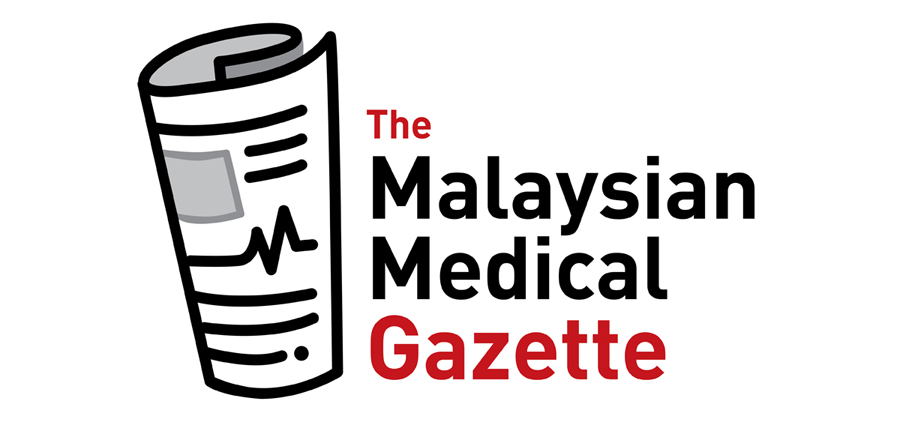 Once, you were unstoppable. A rising star in your career, collecting awards and admiration with each stride you take. Your inbox was always full, and your calendar was always packed, yet you handled every task elegantly and precisely. At home, you wore another crown: a supermom. With a husband often tied up with work, you ran the household like a well-oiled machine. Doing cooking, cleaning, sending your child off to school with a smile, and somehow still finding time to volunteer and serve your community. You were the kind of woman others wondered how she did it all.
Once, you were unstoppable. A rising star in your career, collecting awards and admiration with each stride you take. Your inbox was always full, and your calendar was always packed, yet you handled every task elegantly and precisely. At home, you wore another crown: a supermom. With a husband often tied up with work, you ran the household like a well-oiled machine. Doing cooking, cleaning, sending your child off to school with a smile, and somehow still finding time to volunteer and serve your community. You were the kind of woman others wondered how she did it all.
Then, one day, everything changed.
It began with a strange unease, a discomfort you couldn’t explain. The smell of your favorite perfume, shampoo, and even the fresh scent of your deodorant suddenly made you gag. Soon, that unease turned into relentless waves of nausea. Within a week, vomiting episodes became your new normal. Food? Impossible. Water? It’s just as bad. You fought back with all the strength of the woman you once were, forcing yourself to eat, to carry on, but your body refused to cooperate. It betrayed you.
You grew weaker by the day. Tasks you once breezed through became impossible. You were trapped in your own home, on the couch, on the bathroom floor, in bed, doing nothing but vomiting, shaking, and praying for sleep that never truly came. And as your body faded, so did your spirit.
Weeks passed. The strong, capable woman you once were seemed like a distant memory. You cried in silence every day, mourning a version of yourself that felt lost. You questioned your worth, your strength, your purpose. “Maybe tomorrow,” you whispered each night. But tomorrow never brought relief, only more despair.
This was not the pregnancy glow they talked about. This was hyperemesis gravidarum, a cruel storm no one had warned you about.
 Most people have heard of morning sickness, that common, fleeting nausea that many pregnant women experience in early pregnancy. It’s uncomfortable, yes, but it’s manageable. What they don’t talk about, what nobody warns you about, is something far more sinister: hyperemesis gravidarum. An unfamiliar name, perhaps, but a brutal reality for the few who endure it.
Most people have heard of morning sickness, that common, fleeting nausea that many pregnant women experience in early pregnancy. It’s uncomfortable, yes, but it’s manageable. What they don’t talk about, what nobody warns you about, is something far more sinister: hyperemesis gravidarum. An unfamiliar name, perhaps, but a brutal reality for the few who endure it.
At first glance, it may sound like morning sickness. But this is not morning sickness. This is something darker, heavier. Where morning sickness comes and goes, hyperemesis clings to you like a shadow you can’t escape. It is relentless. The vomiting is not just “once in the morning” or “when you smell something odd”. It is every hour, sometimes nonstop, to the point where even a sip of water becomes a gamble.
You lose weight when you’re supposed to be gaining. You grow dangerously dehydrated, your lips cracked, your skin pale, your body shaking from exhaustion. The fatigue isn’t just physical, it’s soul-deep. You are not just tired; you are drained, hollowed out, hanging on by a thread.
Hyperemesis gravidarum doesn’t just take your strength, it steals your life, one day at a time.
Physiologically, as if the endless vomiting wasn’t enough, your body begins to starve, not just from the mouth, but from within. With every meal lost to the nausea, every sip of water thrown up moments after it’s swallowed, your body is left running on empty. The glucose, the primary fuel that once powered your every move, is now in short supply. And without food, your insulin levels drop, too. The hormone that once helped deliver energy to your cells is now absent, leaving your body desperate and scrambling for survival.
In this moment of crisis, your body does what it must: it turns to its emergency reserves, your fat stores. Through a process called lipolysis, your fat is broken down and sent to the liver. There, the liver tries to convert it into energy through the beta-oxidation process. But this backup system comes at a cost. Alongside the energy, the liver releases ketones, chemicals that can serve as an alternative fuel, especially for the brain, but are acidic. Soon, this builds up ketones progress into something far more dangerous: ketoacidosis. Now, your blood becomes acidic. Your organs begin to suffer. The balance in your body starts to unravel.
You feel it. The confusion, the dizziness, the bone-deep exhaustion. Your kidneys strain, your liver fights, and your body is no longer a haven for the life growing inside you, but a battlefield. And through it all, you are still vomiting, still weak, still hoping for a break in the storm that never seems to come.
But this battle couldn’t be fought alone. Your body was giving out, your spirit breaking under the weight of something invisible yet crushing. At last, you were rushed to the hospital, where doctors moved quickly, hooking you up to IVs to restore the precious fluids your body so desperately needed. Anti-nausea medications were given in hopes of calming the storm in your stomach. You could finally rest, if only a little, as nourishment, once impossible, was slowly fed back into your body. It was the first real step toward pulling you back from the edge.
Just like the countless other women trapped in the same agonizing battle, you find yourself desperate for answers. Why is this happening to me? But the truth is, there is no single villain to blame. The cause of hyperemesis gravidarum isn’t simple. It’s not a fluke, or something you did wrong. It is actually a perfect storm, brewing deep within you. A wild surge of hormones, an inherited code written in your DNA, and a cascade of physical changes, all colliding at once, wreaking havoc in your body.
One of the biggest culprits? hCG, the hormone that signals new life has begun. Produced by the placenta, hCG levels skyrocket in early pregnancy, especially in cases of twins or molar pregnancies. For women like you, whose bodies react intensely to this surge, the result is overwhelming nausea and relentless vomiting. Add to this the rise in estrogen, the slowdown of your stomach’s ability to digest food, fluctuations in thyroid hormones, and a hypersensitive vomiting center in your brain.
But the story doesn’t end there. Scientists have uncovered genetic fingerprints of hyperemesis gravidarum, like GDF15 and IGFBP7 genes tied to how your placenta grows and how your body responds to pregnancy hormones. Therefore, if your mother, sister, or even grandmother once fought through hyperemesis gravidarum, your chances of facing it too rise significantly. It’s not just bad luck; it’s in your blood.
Other hidden forces also stir the pot. A first pregnancy, twins, past hyperemesis gravidarum and even an infection like Helicobacter pylori, hiding in your stomach lining, can add fuel to the fire. And your body shape, underweight or overweight, can upset the fragile hormonal balance, tipping you toward the edge. Stress doesn’t cause hyperemesis gravidarum, but it magnifies the struggle, making every symptom feel tenfold, every hour a fight.
Hyperemesis gravidarum isn’t just an illness. It’s a thief. It takes your strength, your time, your peace, and for many, your joy. But with swift medical care, compassionate support, and a deep understanding of its causes, there is a path through the storm. And slowly, breath by breath, IV drip by IV drip, you begin to find your way back.
Hyperemesis gravidarum doesn’t just steal from the woman; it robs the world around her. These women, pillars of their families, backbones of their communities, and driving forces in workplaces are suddenly silenced by a condition that brings them to their knees. When one woman is taken out by hyperemesis gravidarum, it’s not just a personal loss; it’s a loss to society, institutions, and the nation itself.
Their absence echoes in boardrooms, classrooms, hospitals, and homes. Talents lie dormant. Dreams are put on hold. Futures are paused. And in that silence, a powerful message resounds, we must do more. There is an urgent need to unravel the mystery of this devastating condition. More research for better treatment and real prevention are needed. So that no woman has to trade her health, dreams, or dignity for the miracle of life with the aim that those gripped by hyperemesis gravidarum can reclaim their strength and place in the world.
This article is written by Dr Marjanu Hikmah Elias, a lecturer at the Faculty of Medicine and Health Sciences, Universiti Sains Islam Malaysia.
